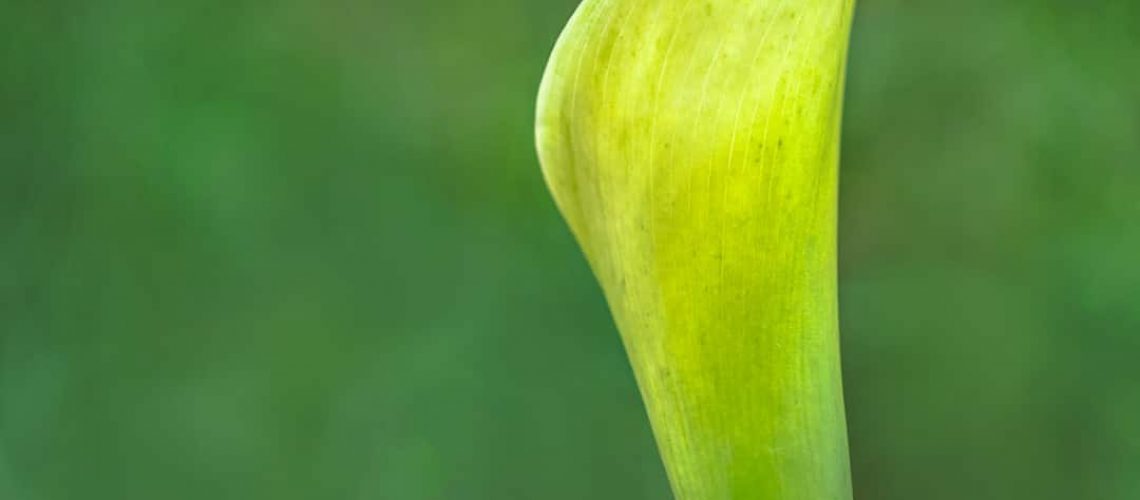Planting and gardening are known to be some of the most peaceful hobbies of all time. The pleasure in knowing that you give birth to it and the process of nurturing it can be quite rewarding. Plants and flowers seem to be even more rewarding because as soon as the process is complete, you will have a beautiful element right in your garden. This feeling of pride can only be gained once you invest some effort and energy to turn the seeds into a full-grown plant.
Down below, we will be going over the step you need to cover when learning how to grow Sarracenia from seeds. It is important to inchoate all the steps in your process as each one is crucial. Let’s get it, shall we?

Purchasing Sarracenia Seeds
Buying Sarracenia seed is a good choice as you can include new genetics in your yard without any trouble. The process of growing them on your own has a lot of chances of going awry, so stick to buying these seeds. While purchasing them, there are some things you should keep in mind. There are open-pollinated, cross-pollinated, and self-pollinated seeds.
- Open-pollinated sends might be pollinated by bees, at least some part of it. This will add an element of authenticity and mystery when it comes to your plant’s parentage.
- Cross-pollination, as the name indicates, is created by cross-work. The technique used in growing these is a nursery one where an individual will use pollen from one plant to fertilize the other. This is bound to get you the most exciting results once it is fully grown.
- Self-pollination is when the pollen of the same pitcher plant is utilized for fertilizing the flower. From hybrid plants, you will be getting a wide array of seedlings.
Cold Stratification
Stratification is a process of treating seeds so that natural conditions can be stimulated. Plants need to experience this before the process of germination can begin. In this stage, seeds are exposed to conditions artificially so that subsequent germination is encouraged.
Similarly, Sarracenia seeds will also need damp and cold conditions which are identical to the winter season. They will need to be in this phase for about 6 to 8 weeks, which means two months. This process of stratification is crucial if you want to grow your seedlings inside.
First, get a damp paper towel and dip it in some reverse osmosis water. Take the seeds and scatter them across them. Next, cover the seeds with another damp paper towel and put them in a sealed container or bag. Place it in a fridge for 6 to 8 weeks, and you’re good to go.
Sowing the Sarracenia Seeds
The next step is that of sowing or planting the seeds. Take the container out of the fridge and pour around a tablespoon of distilled water in it. Seal it again and put it under T-8 fluorescent light. This should be done on a 12 hours light cycle. Your seeds will start germinating in a week or two maximum. What you will notice is a few fuzzy roots mixed with green. Since they will be new and delicate, you should leave them in the bag for a couple of weeks so that they can secure themselves.
Open the bag gradually after every few weeks, so lower the humidity level. Keep it sealed for an extended time could lead to mold. At one point, your container will be completely opened.
Potting the Plant
The next step is finding a new home for your plant. Of course, you don’t expect it to grow in the same bag. Once you spot a few tube-shaped leaves and roots, you can initiate the process of shifting. The trick is to plant 6 of them in a plot of two inches. Moreover, don’t forget to add 2 pellets of slow-release fertilizer in the pots.
Make sure that you are protecting it from fallen leaves or heavy rains, or they might get washed away. Keeping a spray at hand will also be beneficial so that there is no sign of fungus on the horizon.
Waiting Period
With plants, one of the major elements that you have to keep in mind is that of patience. There are going to be a lot of times when you will be waiting around. Don’t try to hurry the process, as it will move at its own pace. Over the next couple of months, you can observe the growth. The roots will begin expanding a little, and you will even spot some leaves sprouting out. If you planted it in the winters, then all you have to do is wait till the spring season. This is the time when you will start noticing the germination properly.
Post Germination Process
But hold on, it doesn’t just end here. After germination, you have to treat the seedlings similarly as you would do with a fully grown Sarracenia. The level of care required is the same for both, and the process will be identical too. One thing to remember is that since they are tiny, they are known to get dry at a fast pace. Keep an eye on the tray for the water levels. If you want, you can even fertilize those further using Sarracenia seedlings. This will help in quickening up the growth pace.
Post Planting Growth
Last but not least, stay updated with the post-planting care. Create a bit of distance between your seedlings once they’ve grown around 8cm. Since the soil will get too overcrowded with the advanced roots, separation is crucial. Usually, it is smart to divide them into rose pots that are 1 inch wide and 2.5 inches tall. If you put them in group pots, try to allot at least at diameter inches for each.
Final Words
Growing Sarracenia is an easy process, and all you need to have is a ton of patience. This growth period can take quite a while, so be prepared for that. Make certain that water and light are available to your Sarracenia, and you are good to go!

